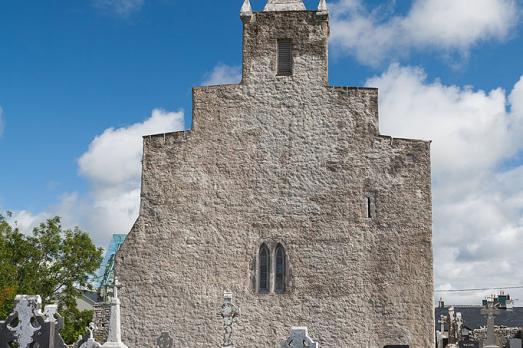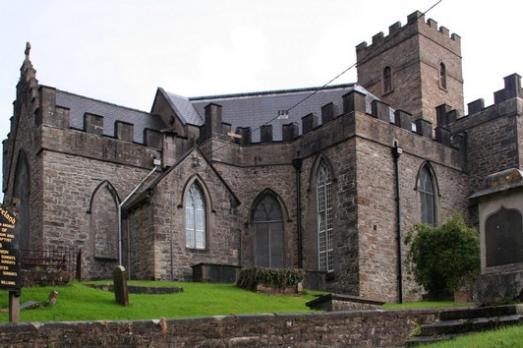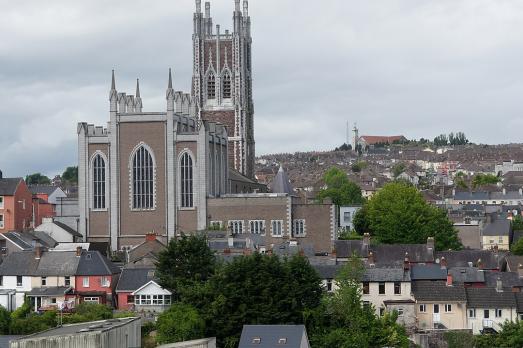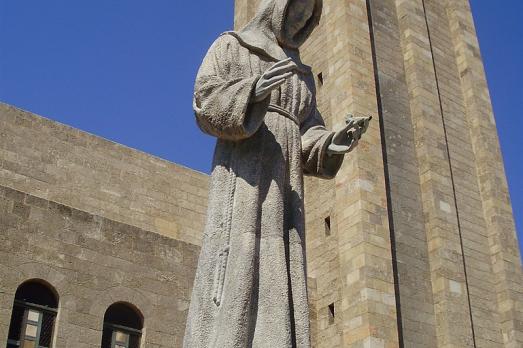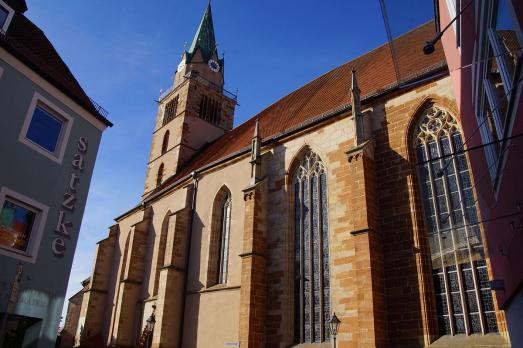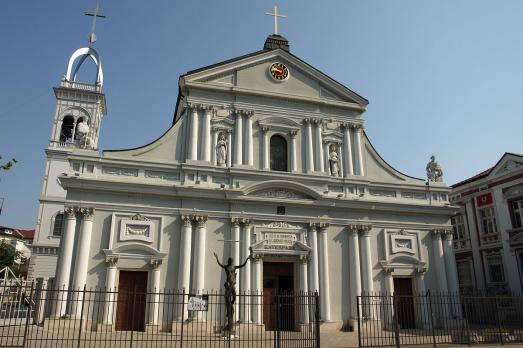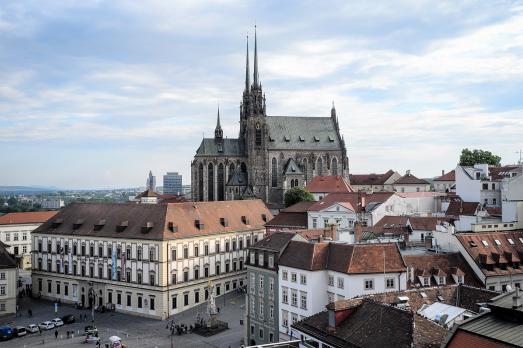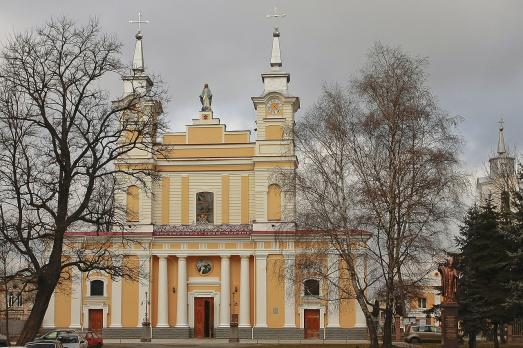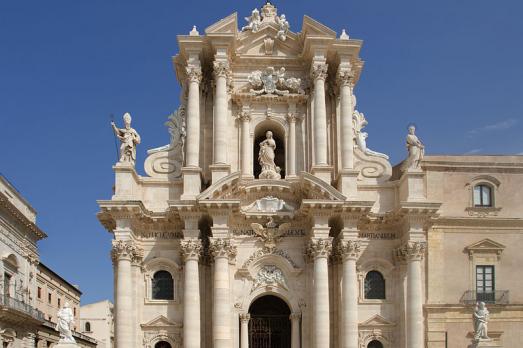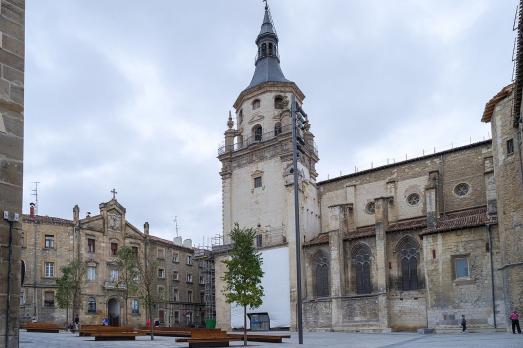
Cathedral of Santa María de Vitoria
Vitoria-Gasteiz, ES
The Cathedral of Santa María, popularly known as the Old Cathedral, is a Gothic Catholic temple built from the 13th century. Since 2015 the building is a UNESCO World Heritage monument as part of the "Camino de Santiago: French Road and Northern Roads of Spain".
